News
Worst dog breeds for cats: A guide to pet compatibility
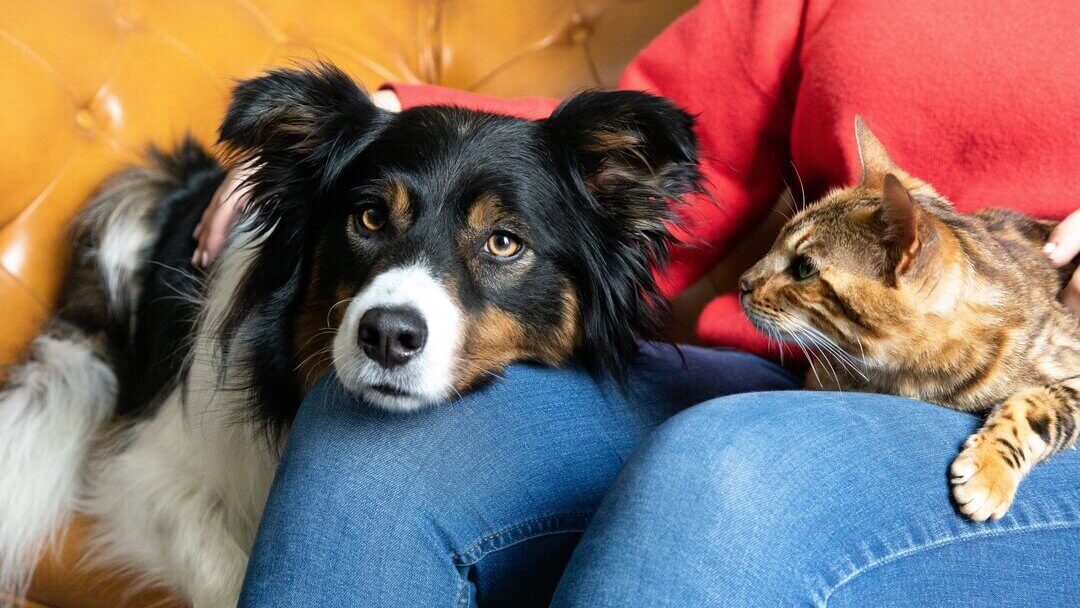
Introducing a dog into a household with a cat, or vice versa, requires careful consideration, particularly when it comes to breed selection. While many dogs and cats live harmoniously together, certain dog breeds are less likely to get along well with feline companions due to their natural instincts and temperaments.
This article explores the worst dog breeds for cats, providing insights to help pet owners make informed decisions about multi-pet households. Understanding these dynamics is crucial for maintaining peace and safety for all pets involved.
Understanding dog breeds and cat compatibility
Not all dog breeds exhibit the same behavior towards cats. Some dogs have a high prey drive, meaning they have strong instincts to chase and sometimes harm smaller animals. This trait can be problematic in breeds historically used for hunting or herding.
For families looking to keep both pets under one roof, it’s essential to know which breeds might pose more of a risk to cat safety. When considering adding a new puppy to your household, it’s important to research the worst dog breeds for cats to ensure all pets can coexist peacefully and maintain a harmonious lifestyle.
Factors influencing dog-cat relationships:
- Prey drive: The natural inclination to chase smaller animals.
- Socialization: Early exposure to cats can influence a dog’s ability to coexist with them.
- Breed personality: Some breeds are naturally more aggressive or territorial.
Worst dog breeds for cats
Here are the worst dog breeds for cats:
1. Greyhound
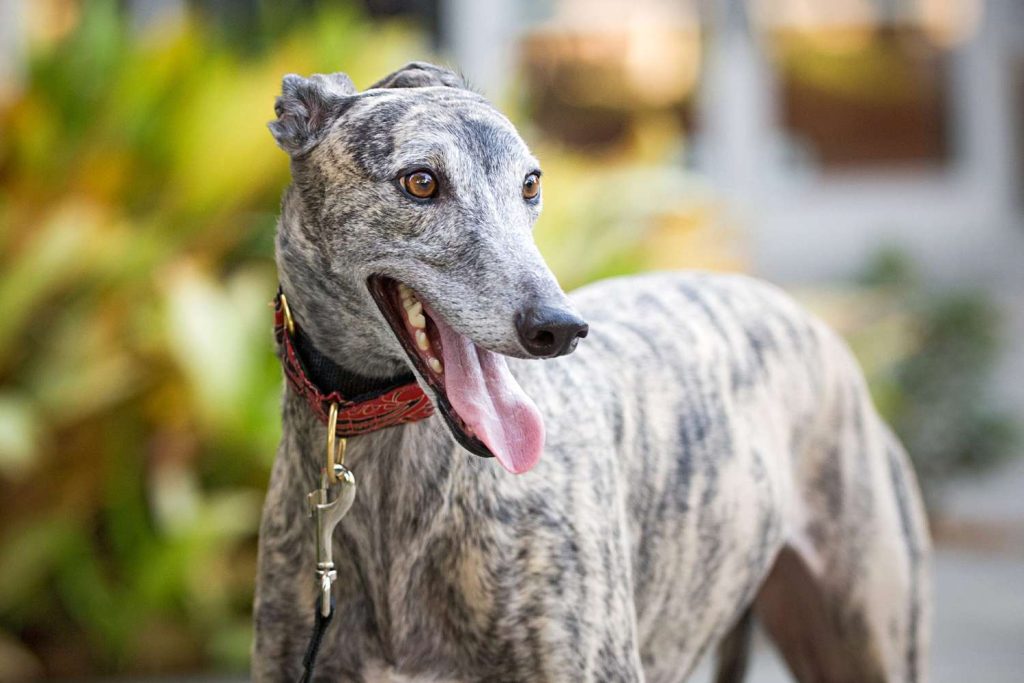
Known for their incredible speed and hunting prowess, Greyhounds can perceive small, fast-moving animals like cats as prey. While they can be trained and socialized to live with cats, their initial instincts may lead to aggressive behaviors.
2. Jack Russell Terrier
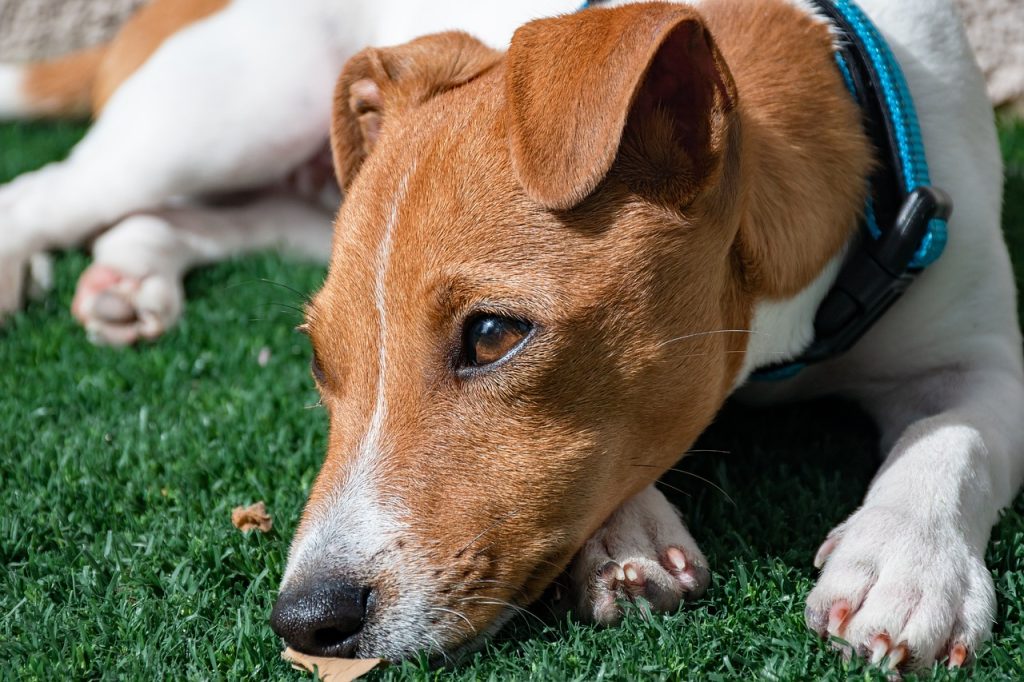
Jack Russell Terriers are small in size but have a robust prey drive due to their breeding as hunting dogs. They are energetic and can be relentless in chasing cats, which can create stressful environments for both pets.
3. Siberian Husky
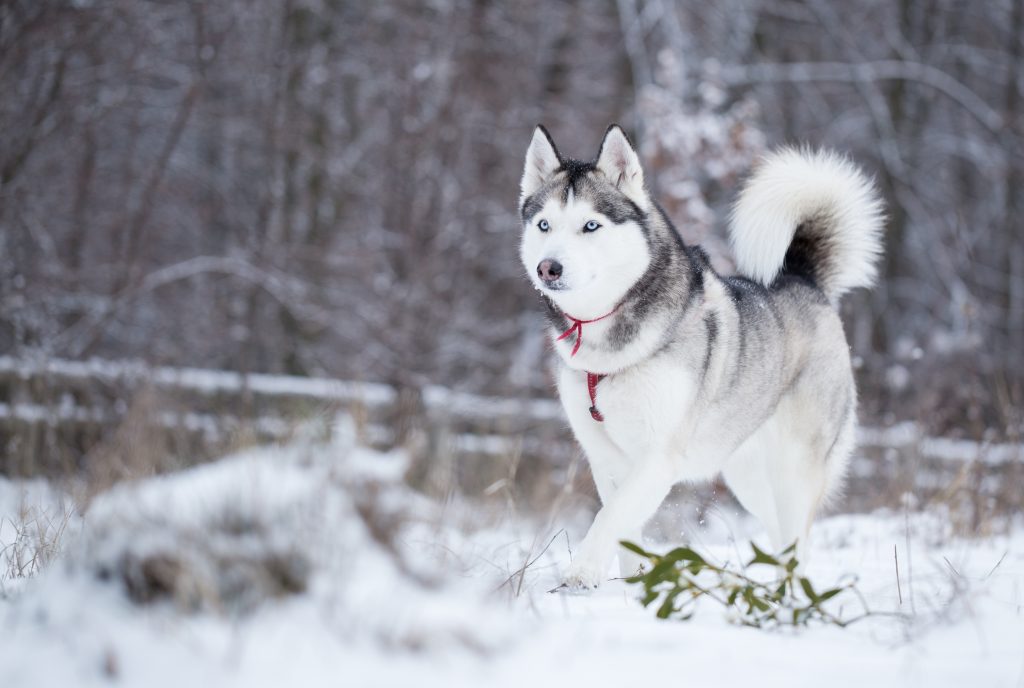
Huskies are not only strong and energetic but also have a high prey drive that can make them a risk around smaller animals, including cats. Their independent nature can also make training and socialization a challenge.
4. Rottweiler
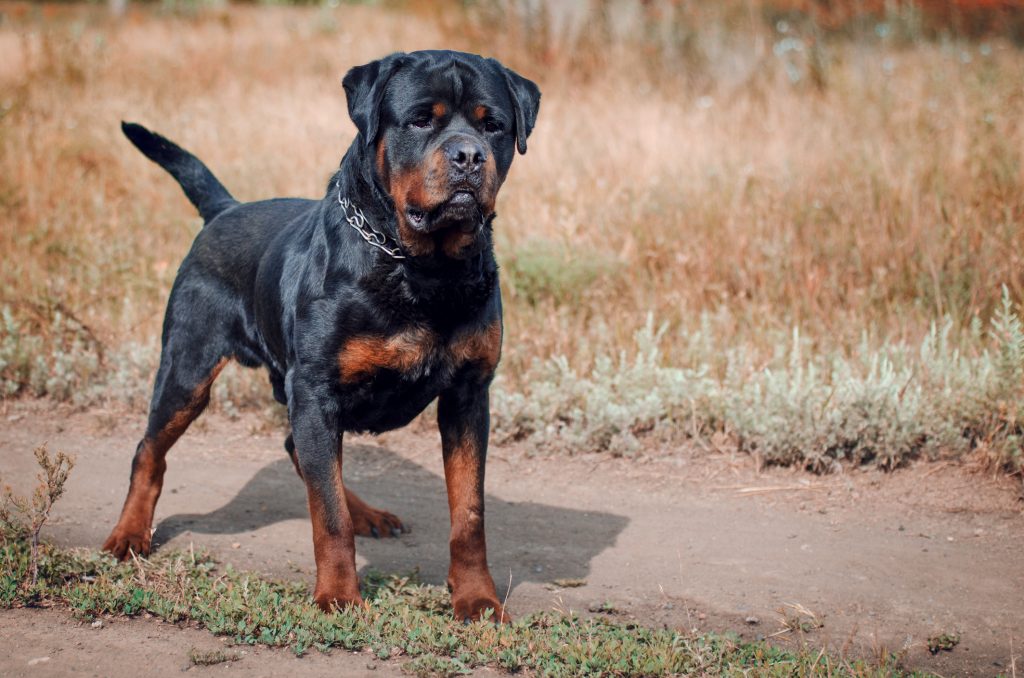
Rottweilers are powerful dogs with a strong guarding instinct. They can be protective and territorial, traits that might not bode well for peaceful coexistence with cats, especially if not properly trained and socialized from an early age.
5. Weimaraner
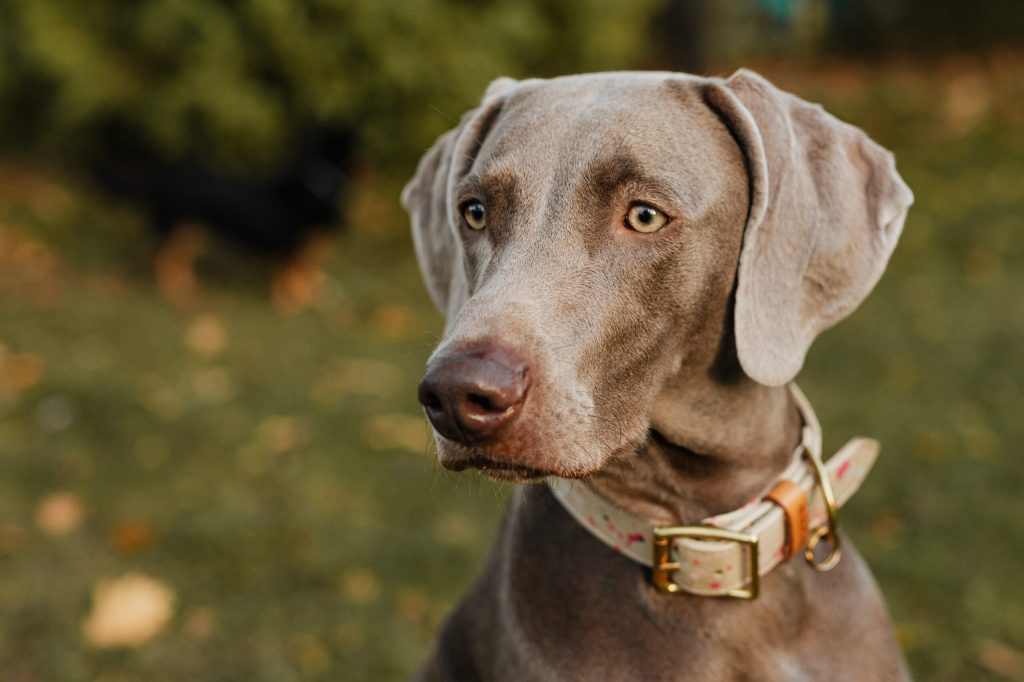
Originally bred for hunting large game and later small game, Weimaraners have a significant prey drive. Their high energy and strong instincts can lead to aggressive behavior towards cats.
Training and management for better harmony
Introducing dogs and cats into the same household requires careful training and management to foster a peaceful environment. Here are several effective strategies to enhance harmony between these two species, ensuring a safe and stress-free living situation for all your pets.
Early socialization
Introducing a dog to a cat during puppyhood increases the chances of a peaceful relationship. Early socialization helps puppies learn to accept cats as part of their social group.
Supervised interactions
When introducing a dog to a cat, always supervise their interactions closely. Gradually increase their time together as they become more comfortable with one another.
Training and obedience
Training dogs to obey commands can greatly improve their interactions with cats. Commands such as “leave it” or “stay” are particularly useful in preventing aggressive behaviors.
Create safe spaces
Ensure cats have access to areas where they can escape from the dog if needed. High perches or cat-only rooms can provide necessary refuge for stressed cats.
Conclusion: Considerations for mixed pet households
Choosing the right dog breed when you have cats, or considering a cat when you own one of these dog breeds, requires careful thought and planning. Understanding the worst dog breeds for cats helps potential pet owners make choices that lead to a harmonious home environment.
Always consider the individual temperament of the dog and ensure proper training and socialization. With patience and proper management, many dogs and cats can live together peacefully, regardless of breed. Also, here are some similar articles that you might find useful:
